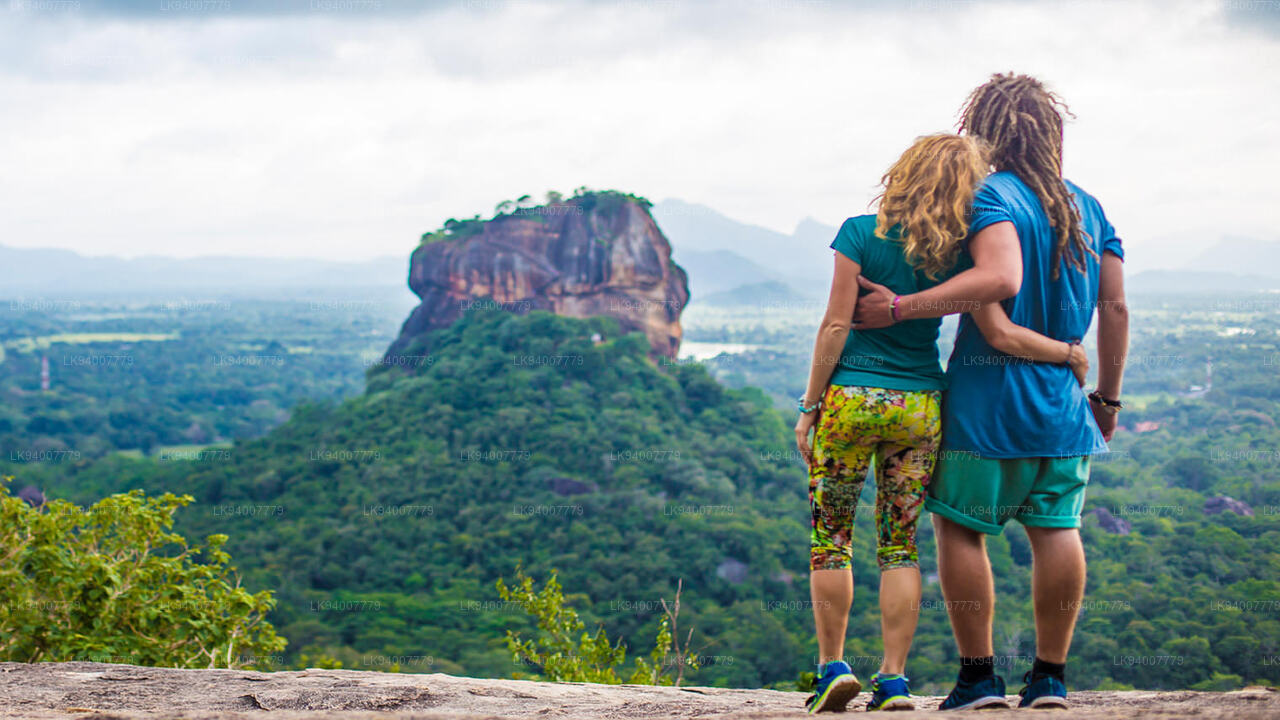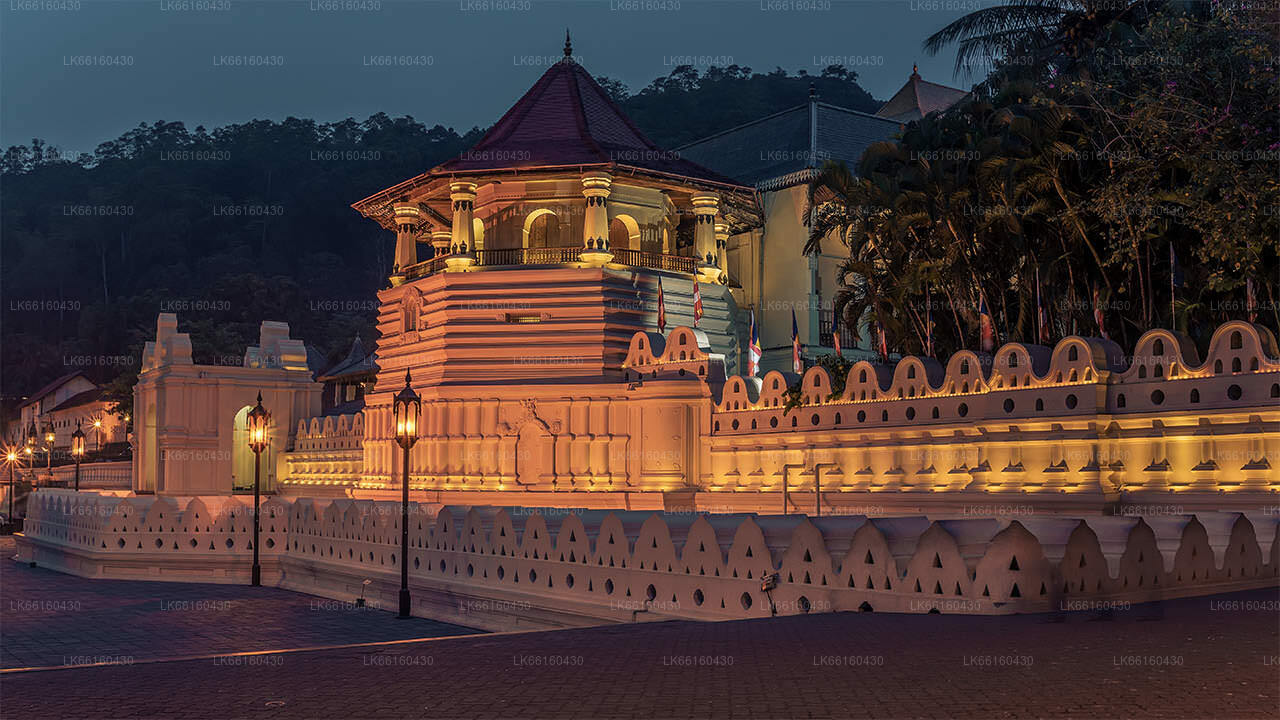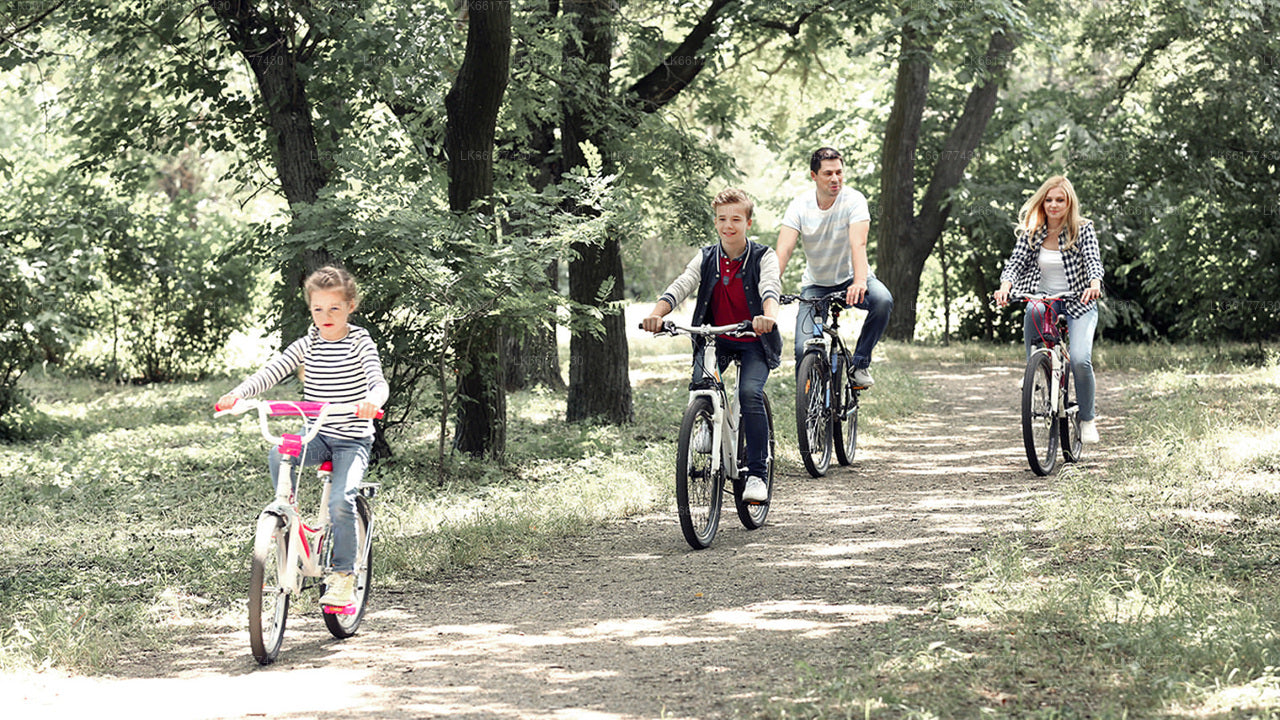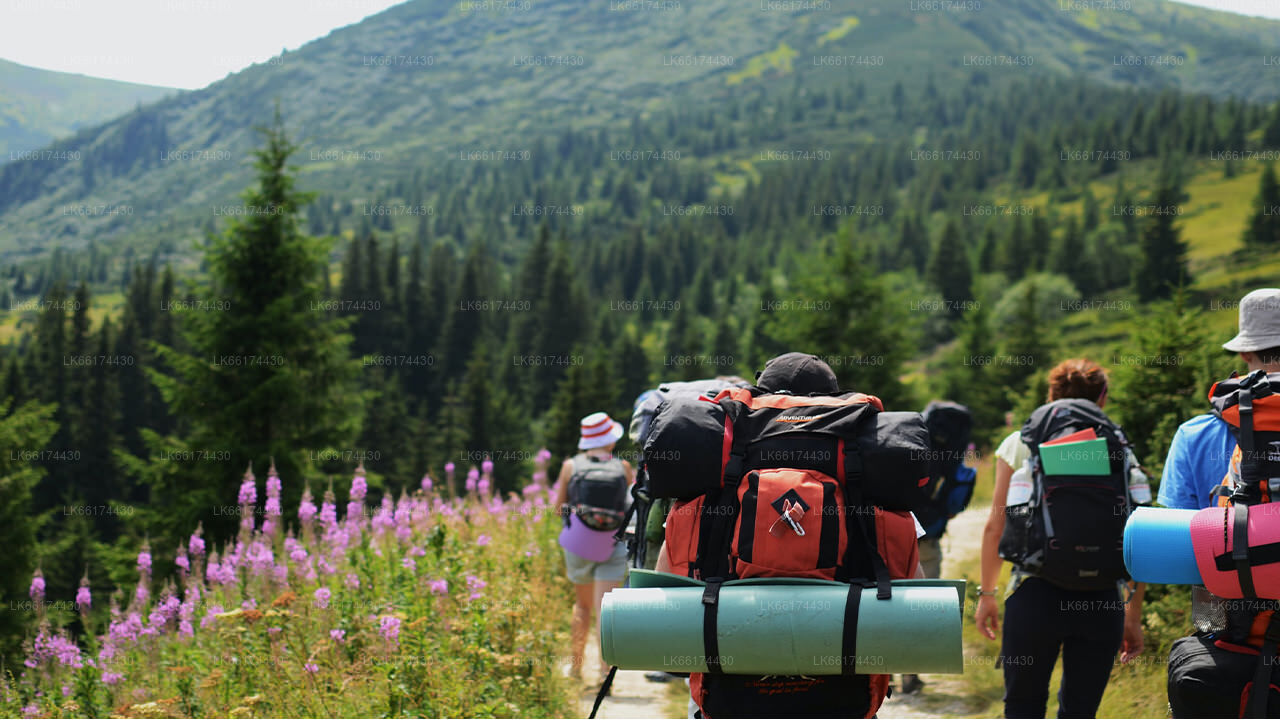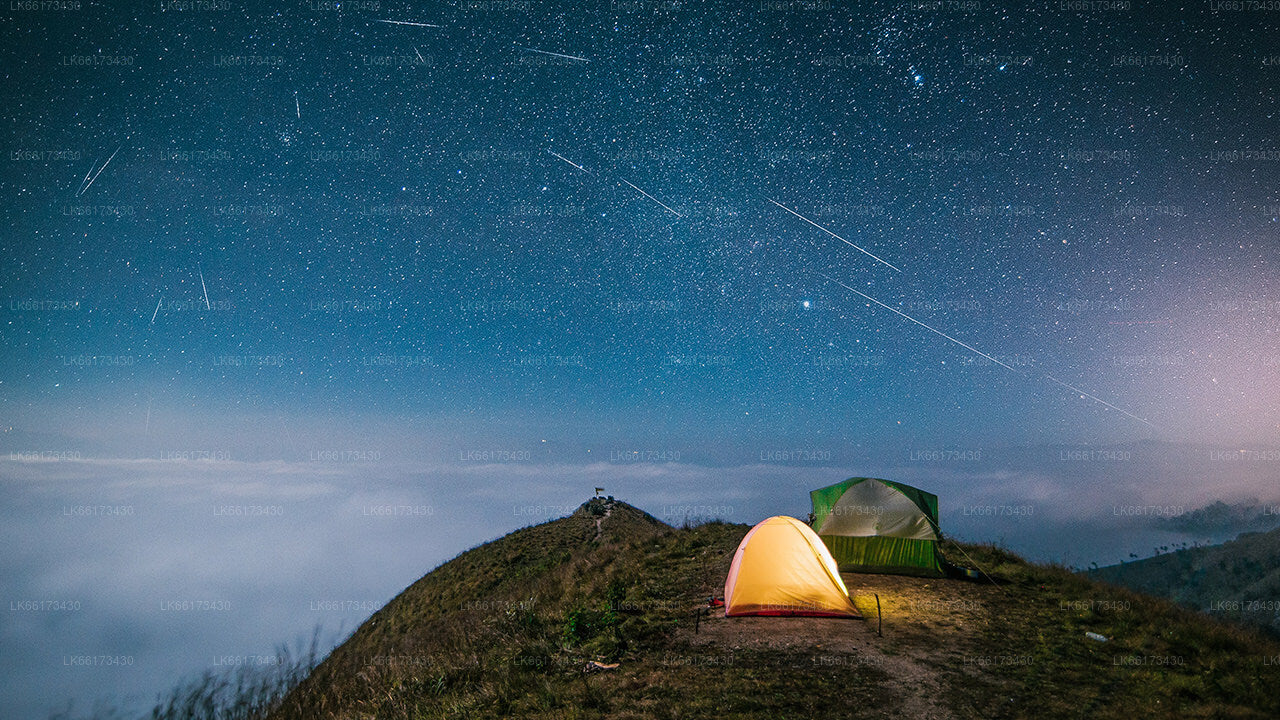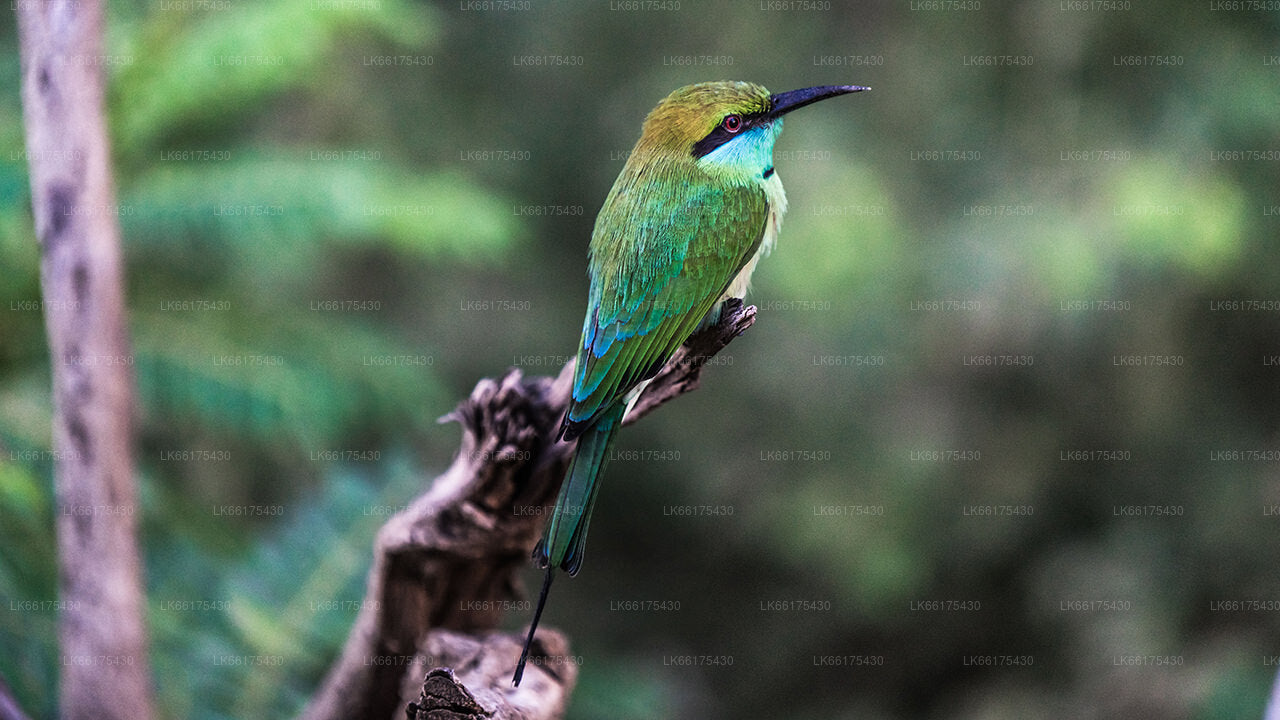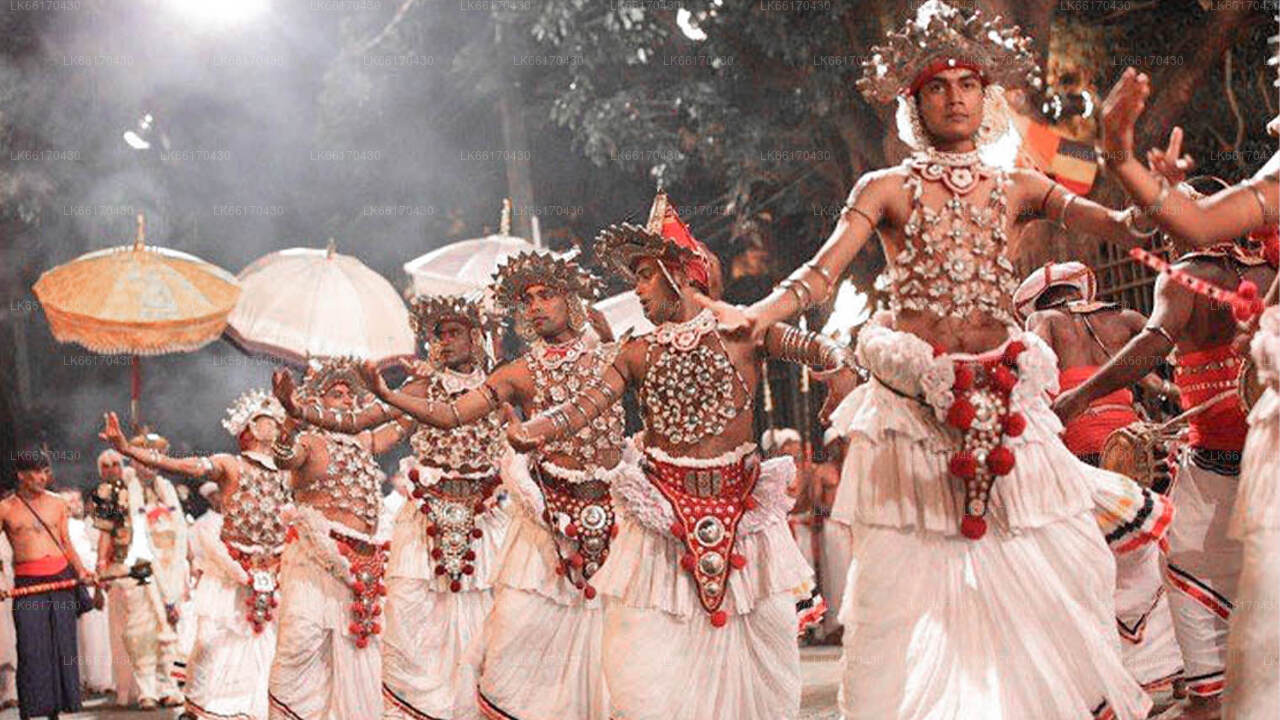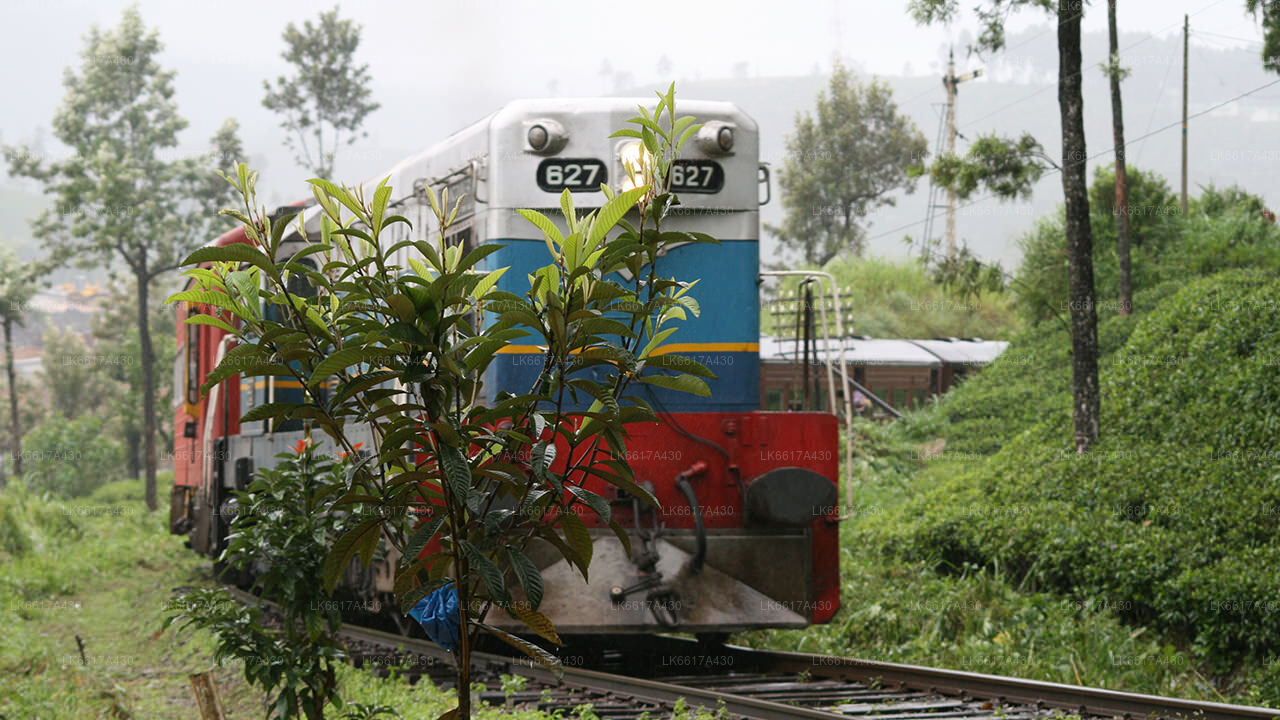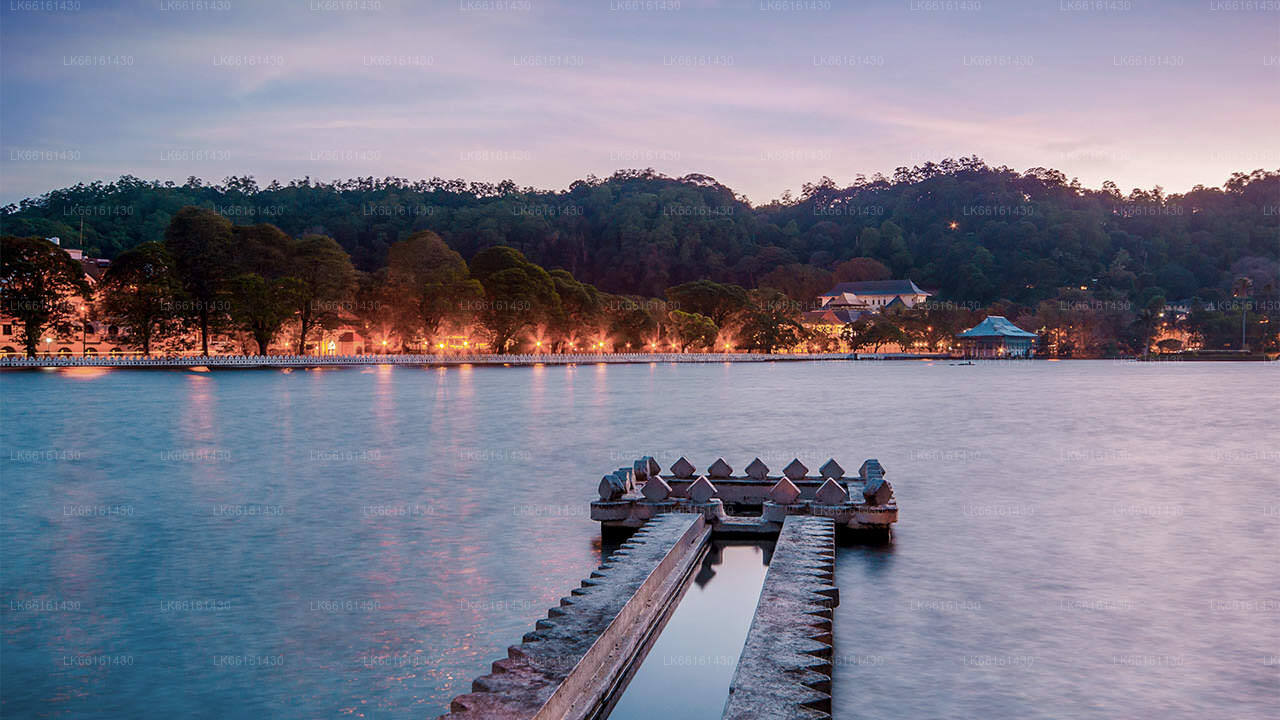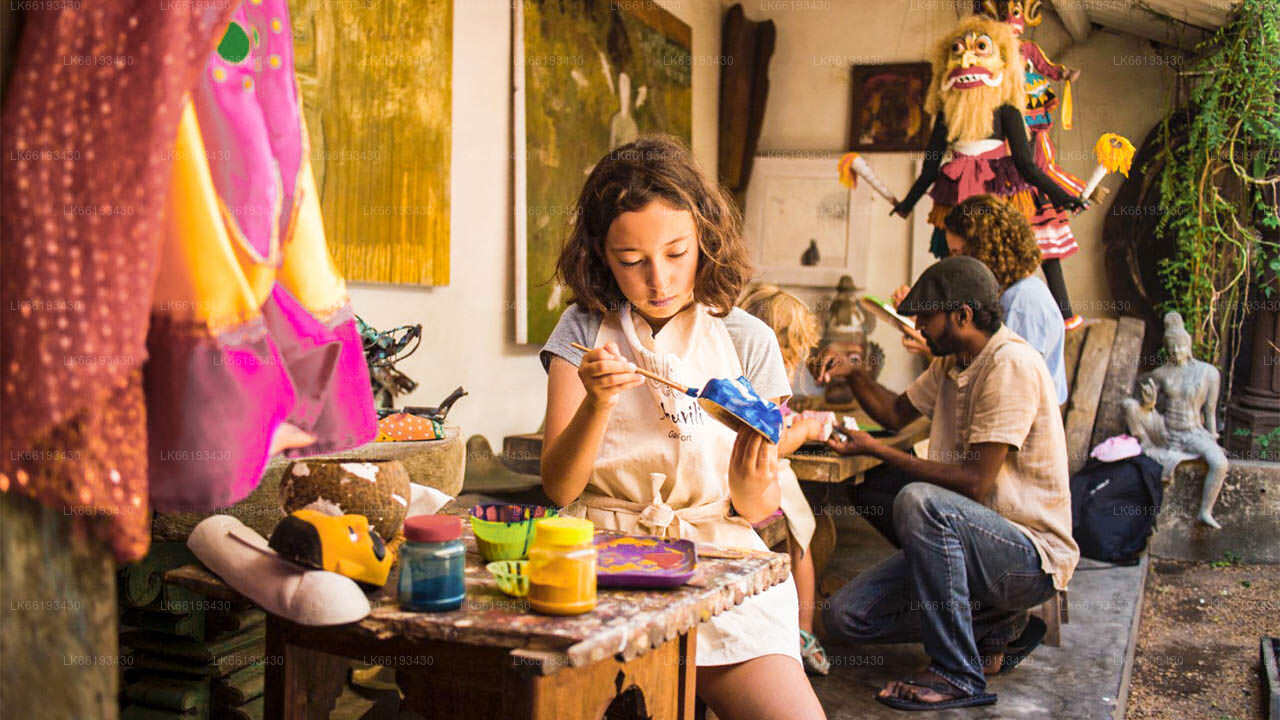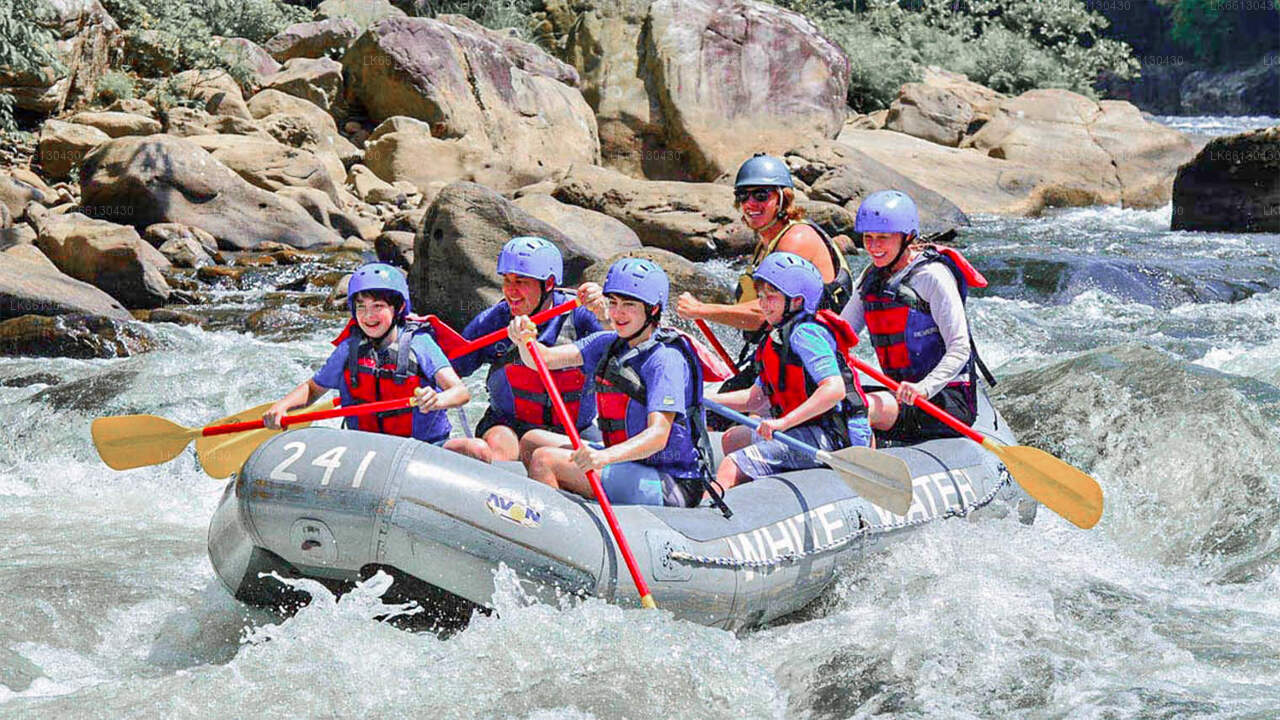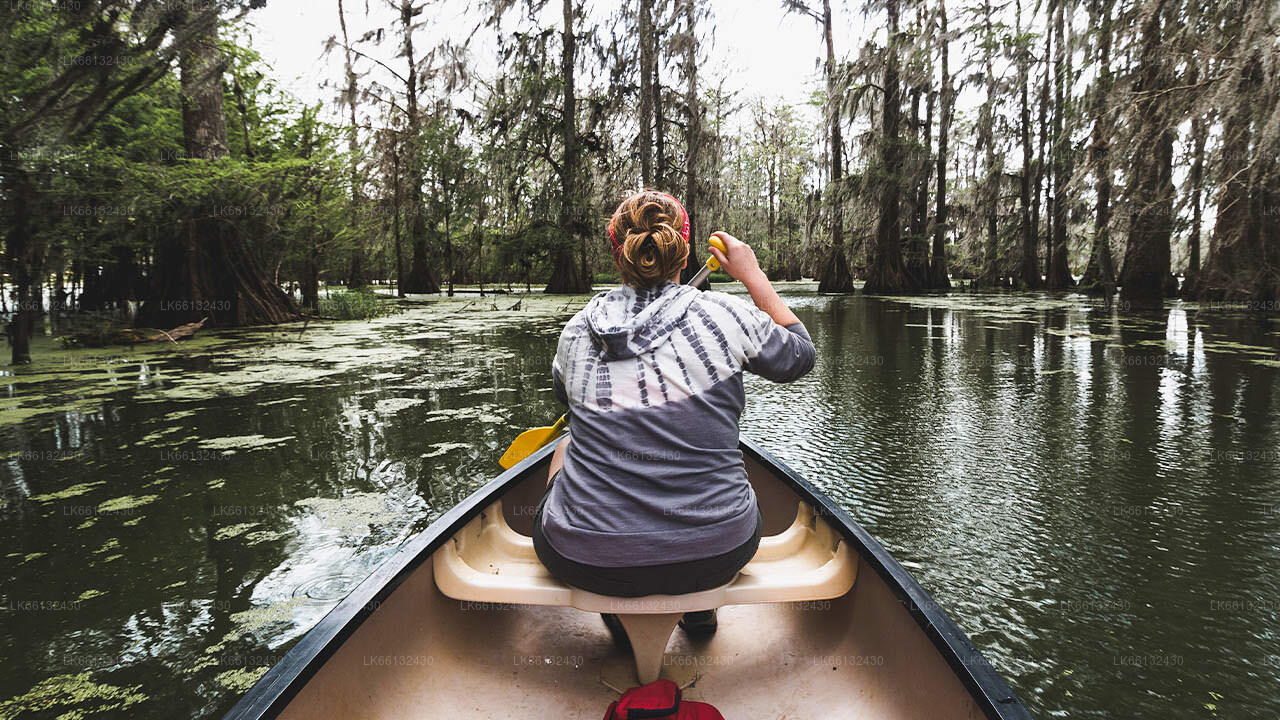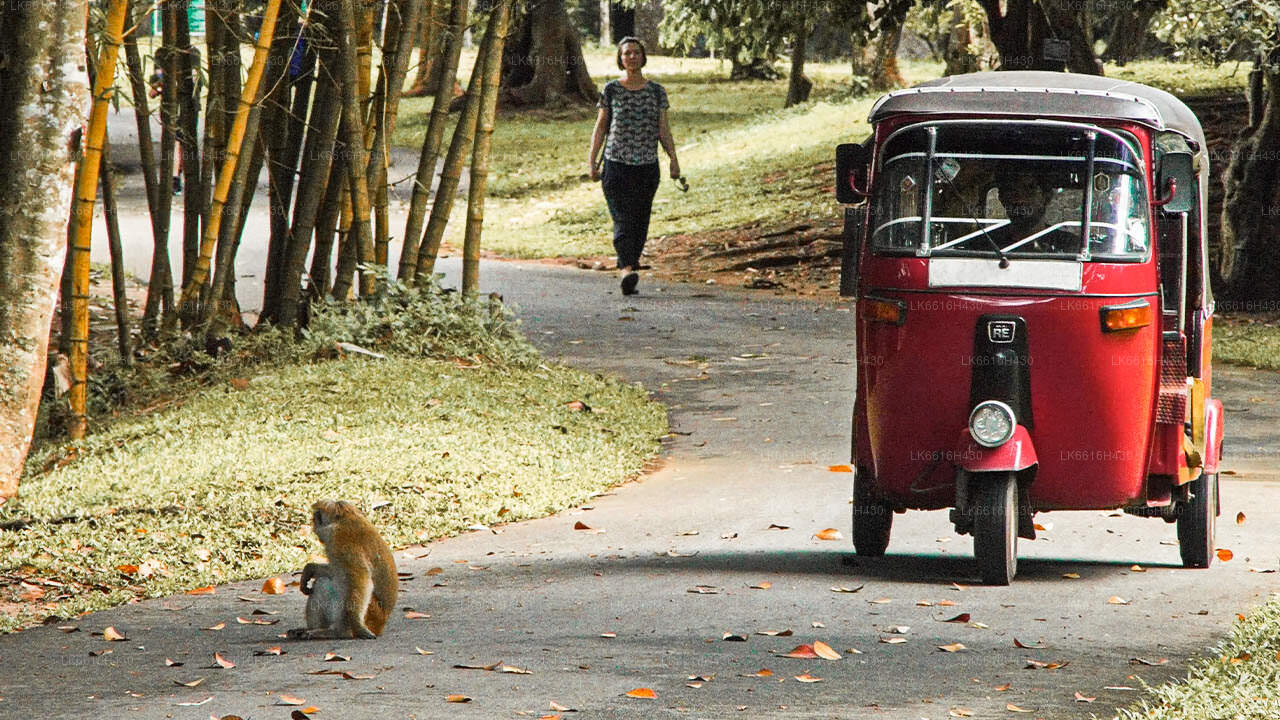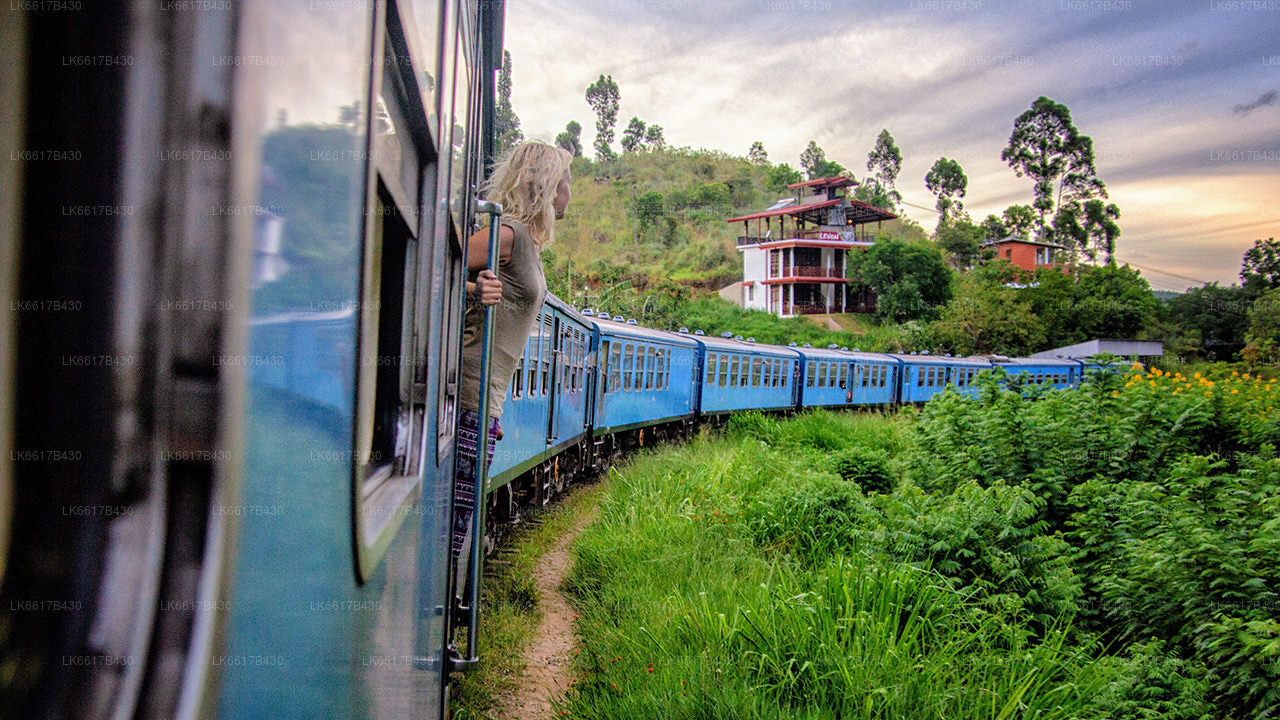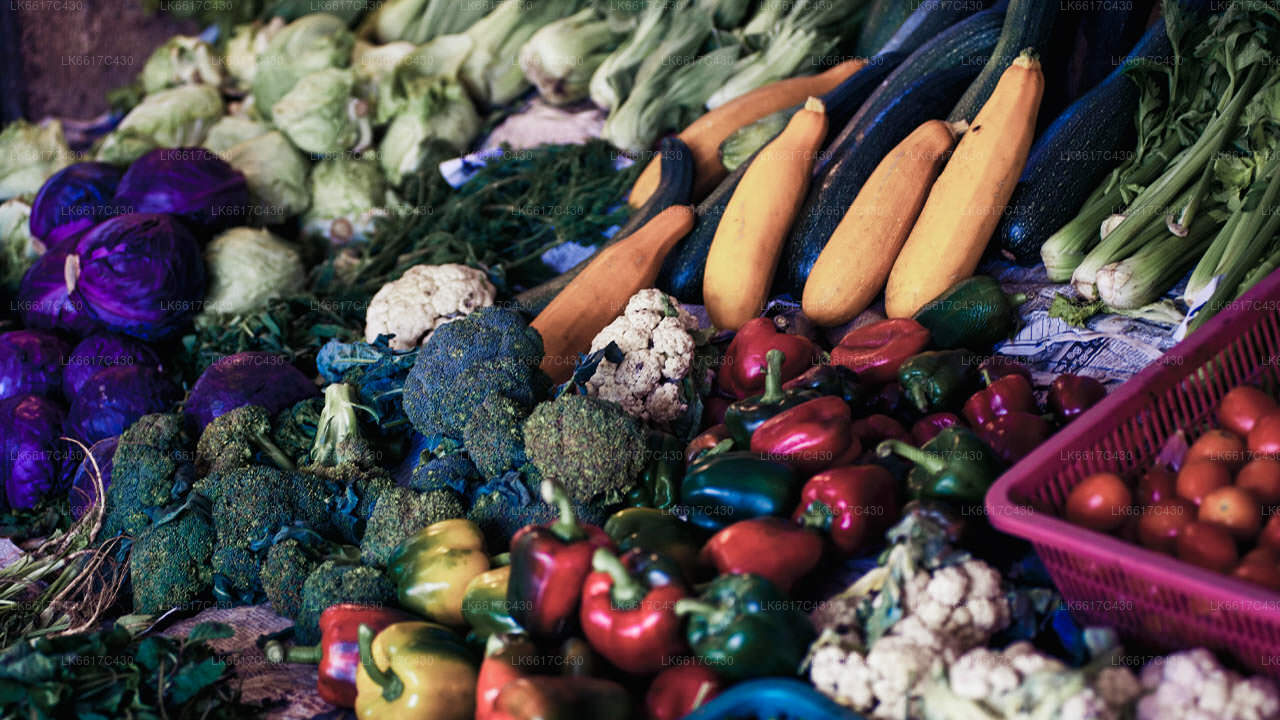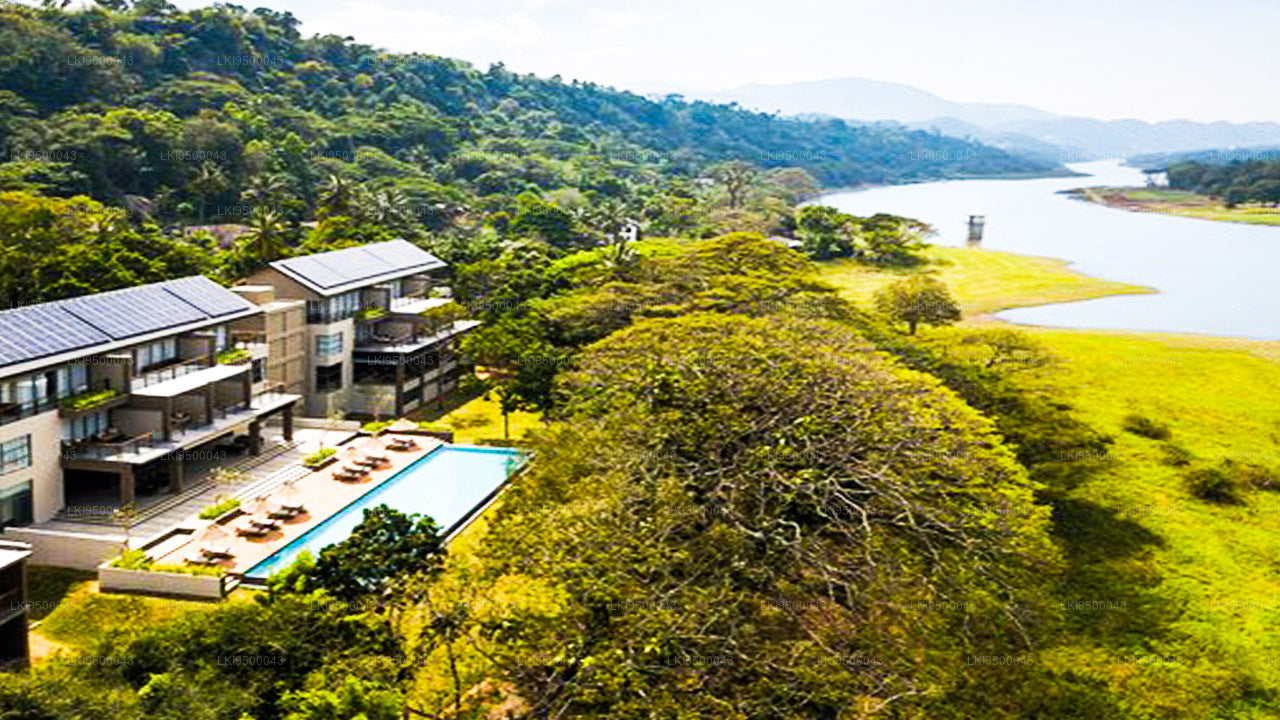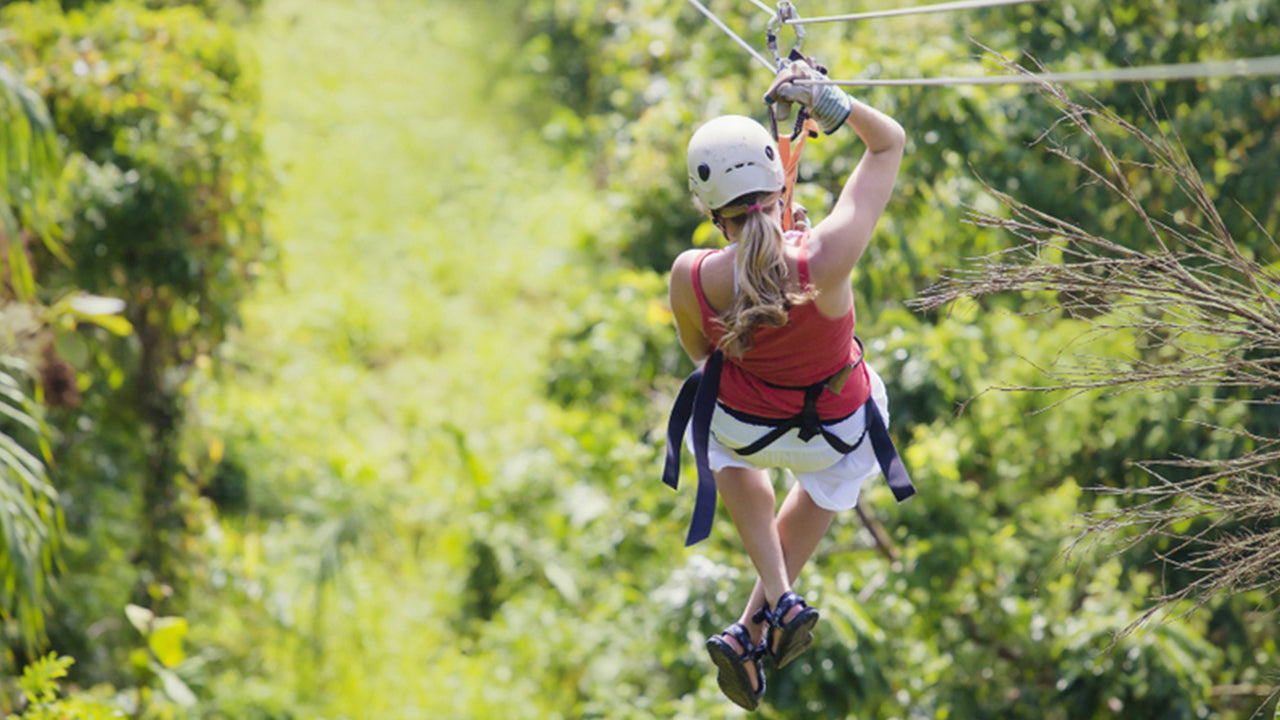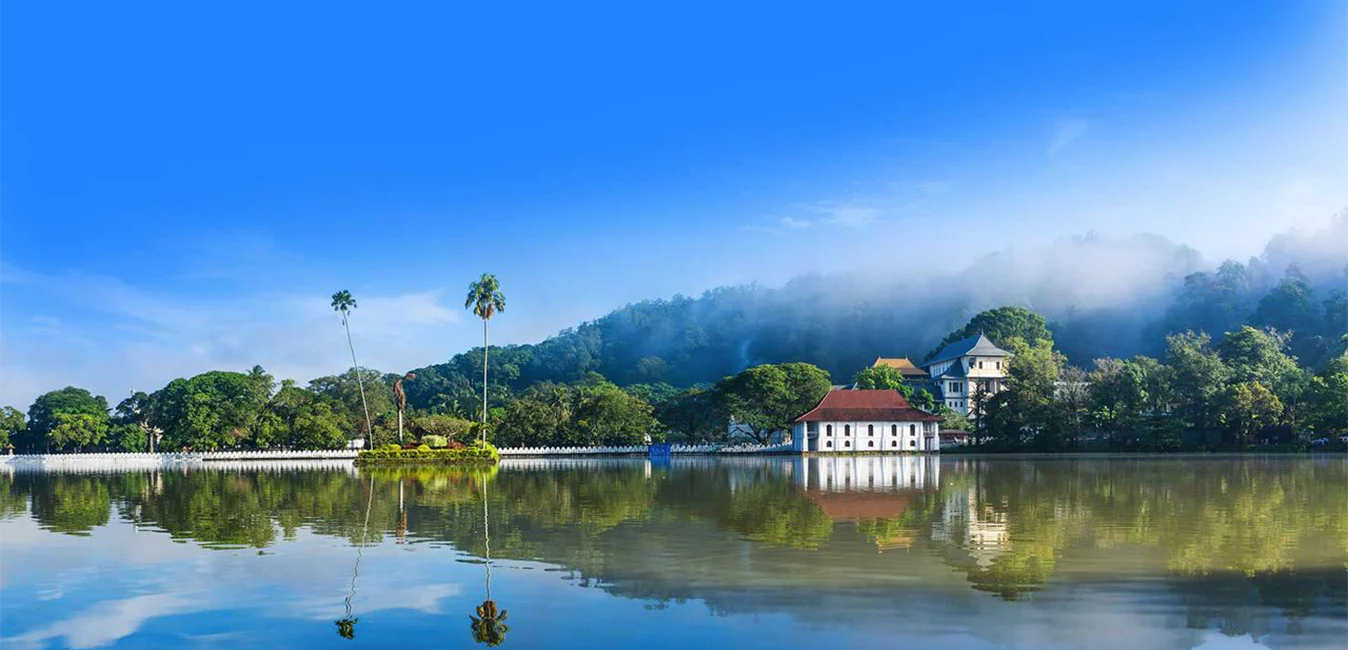
Kandy City
Kandy, a picturesque city in central Sri Lanka, is renowned for its rich cultural heritage, vibrant festivals, and scenic beauty. Nestled amidst lush hills, it is home to the Temple of the Tooth Relic, a UNESCO World Heritage Site, and offers a captivating blend of history and natural splendor.
Embekka Temple (Devalaya)
Embekke Temple (Embekka Devalaya; ඇම්බැක්කේ දේවාලය) in Sri Lanka a place with some of the best woodcraft in the world. In the Udu Nuwara area of the Kandy district lies a temple with a history of over six centuries. Built during the reign of King Wickremabahu III (1371-1394AD) who ruled in the Kingdom of Gampola, the temple is practically covered in wood carvings. The woodwork is confirmed by UNESCO as some of the best and most detailed in the world. The temple is dedicated to the god known as ‘Murugan’ by the Hindus and ‘Katharagama deity’ by the Buddhists.
The Story
Legend states that the King Vickramabahu III’s consort; Henakanda Biso Bandara woke from a strange dream in which the god appeared and asked to build a temple for him. On finding that a drummer Rangama had the same dream, they considered it a portent and built a temple together. The original temple was supposed to have been a three story building that unfortunately did not survive the ravages of time.
The Structure
The temple consists of three main areas. The first is the Sanctum of Garagha which is the inner sanctum where the statues of the god is located. Next is the Dance Hall or Digge which is representative of the king’s consort Henakanda Bandara, and where dancing events were held in the times of the kings. The final section is the Drummers’ Hall, representing the drummer Rangama and where musical events were once held.
The Woodcraft
Except the Sanctum the rest of the temple is made almost entirely of wood. From carved wooden pillars in the Halls which have open sides to the beautifully crafted roof, the entire are is covered in carvings. The bases of the pillars are octagonal in shape while their tops end in the shapes of a four leaves stacked in a square. The pillars have various images carved into the sides of the bases. In addition carvings adorn the beams, rafters and doorframes.
Notable carvings among these masterpieces were those of the entwined swans, double headed eagles, entwined rope designs, breast-feeding image, a soldier fighting on horseback, female dancers, wrestlers, women emanating from a vein, bird-human hybrid, elephant-bull hybrid, elephant-lion hybrid and etc. The carvings of the entire temple include 125 series of decorations, 256 liyawela type designs, and 64 lotus designs, 30 decorative patterns and roof designs, ending up in 514 unique designs.
The roof of the temple is an excellent example of ancient wooden architecture, where the 26 rafters are supported by a single wooden wooden pin.
Related Ruins
About an eigth of a mile away from the temple there lays some ruins with a group of stone pillars. The carvings on the pillars are identical to those of the Embekke temple. It is said that once a wooden roof rested on these pillars but now they have fallen into ruin.
Both the Embekke Temple and the nearby ruins are worth visiting for lovers of both history and art. Please contact Lakpura to arrange a tour to these historic places.
About Kandy District
Kandy district is situated in the centrel province of Sri Lanka. One of the seven World Heritage Sites in Sri Lanka, Kandy was once home to the Kandyan Kings of yore in the 16th-century and a fountainhead for all the music, arts, crafts and culture in the country. About 129 km away from Colombo, Kandy is ensconced amongst a hilly terrain and all eyes are drawn to the centre of the city, where the Kandy Lake forms a charming feature. Kandy retains great religious significance for Sri Lanka, because it is in this charming city that the Dalada Maligawa or "Temple of the Tooth" is located, within which the sacred tooth relic of Lord Buddha lies well guarded.
The Royal Botanical Garden, Peradeniya is situated about 5 km to the west of the city centre at Peradeniya and is visited by 1.2 million people per year. It is the largest botanical garden on the island. The Udawatta Kele (Udawatta Forest) is a protected sanctuary situated in the heart of the city, just north of Temple of the Tooth.
Kandy is a Sinhala majority city; there are sizeable communities belonging to other ethnic groups, such as Moors and Tamils. Kandy is second only to Colombo the center of the Sri Lankan Economy. Many major co operations have large branch officers in Kandy and many industries include textiles, furniture, Information Technology and jewellery are found here. Many agriculture research centers are located in the city.
And a fountainhead for all the music, arts, crafts and culture in the country. About 129 km away from Colombo, Kandy is ensconced amongst a hilly terrain and all eyes are drawn to the centre of the city, where the Kandy Lake forms a charming feature. Kandy retains great religious significance for Sri Lanka , because it is in this charming city that the Dalada Maligawa or Temple of the Toothis located, within which the sacred tooth relic of Lord Buddha lies well guarded.
About Central Provincce
The Central Province of Sri Lanka consists primarily of mountainous terrain. The province has an area of 5,674 km², and a population of 2,421,148. Some major towns include Kandy, Gampola (24,730), Nuwara Eliya and Bandarawela. The population is a mixture of Sinhalese, Tamil and the Moors.
Both the hill capital Kandy and the city of Nuwara Eliya are located within the Central Province as well as Sri Pada. The province produces much of the famous Ceylon tea, planted by the British in the 1860s after a devastating disease killed all the coffee plantations in the province. Central Province attracts many tourists, with hill station towns such as Kandy, Gampola, Hatton and Nuwara Eliya. Temple tooth or Dalada maligawa is the main sacred place in Centrel province.
The climate is cool, and many areas about 1500 meters often have chilly nights. The western slopes are very wet, some places having almost 7000 mm of rain per year. The eastern slopes are parts of the mid-dry zone as it is receiving rain only from North-Eastern monsoon. The Temperatures range from 24°C at Kandy to just 16°C in Nuwara Eliya, which is located 1,889 m above sea level. The highest mountains in Sri Lanka are located in the Central Province. The terrain is mostly mountainous, with deep valleys cutting into it. The two main mountain regions are the central massif and the Knuckles range to the east of Kandy.







